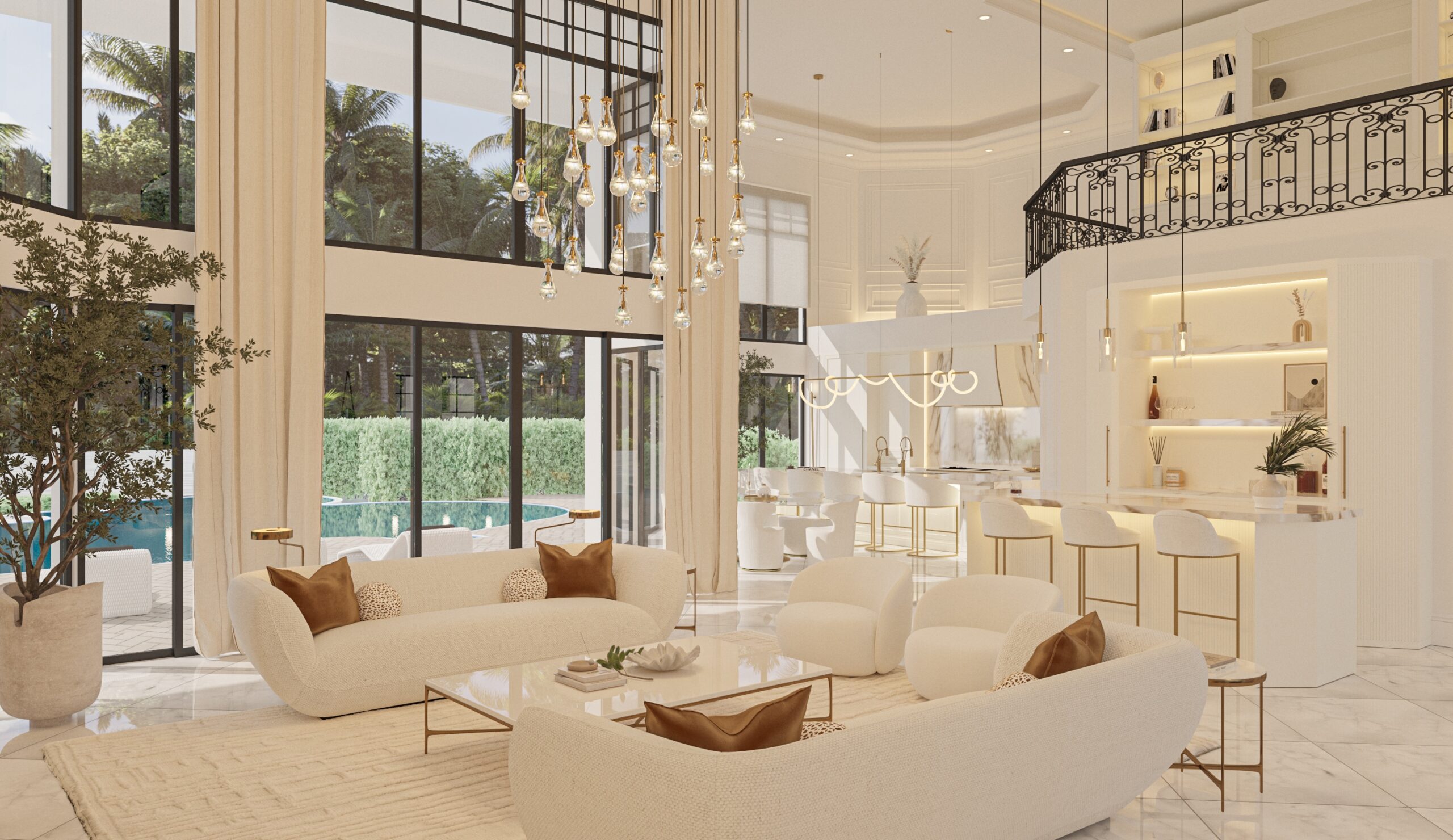When you're looking to create a space that feels restful and balanced, neutral colors are your go-to palette.
Let's break down the basics, differences between warm and cool neutrals, and how to work with neutral color schemes effectively.
At their core, neutrals are colors not usually found on the color wheel. This includes shades like white, black, gray, beige, creamy tones, and taupe.
These hues are essentials in interior design because they form the perfect backdrop; they let your more vibrant accents pop while keeping the room grounded.
Neutral colors, contrary to popular belief, aren't simply devoid of color—they can have subtle undertones that affect their overall warmth and can influence the ambiance of a room.
The neutral color family splits into warm and cool categories
based on their undertones.
Warm neutrals carry hints of red, orange, or yellow, giving a cozy, inviting feel, while
cool tones lean towards green, blue, or violet, creating a more serene and refreshing atmosphere.
Think of
beige and
creamy shades for warmth, reminiscent of sand and sun-softened earth.
On the flip side,
grays and
taupe can lean cool, echoing the tranquility of a shadowed forest or a peaceful, overcast day.
Designing with neutral color schemes offers a wealth of possibilities
without overwhelming the senses. Whether your taste runs towards minimalist chic or you love layering various textures, neutrals can accommodate.
Brown can anchor a room with its earthy robustness, while different
grays can add depth and sophistication. If you want to keep things light and airy, stick to the paler end with off-whites and light grays.
The trick is to balance these shades in a way that each room feels cohesive, comfortable, and uniquely yours.
When it comes to neutral interior design, it's the materials and textures you choose that will inject character and warmth to your home. Think of these elements as the spices in a dish—they're essential to create a space that feels both personal and inviting.
